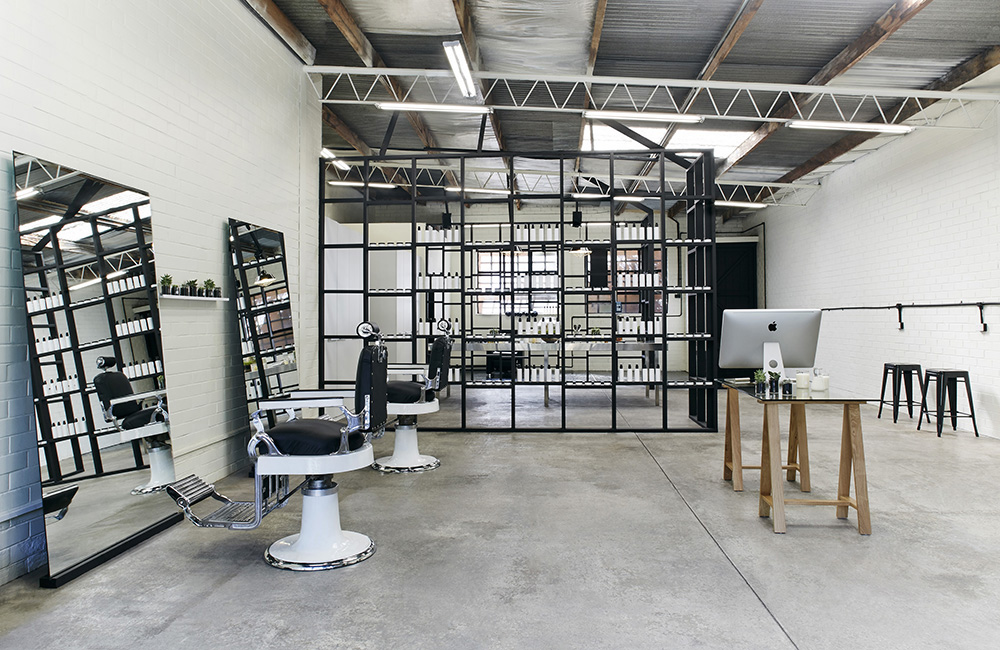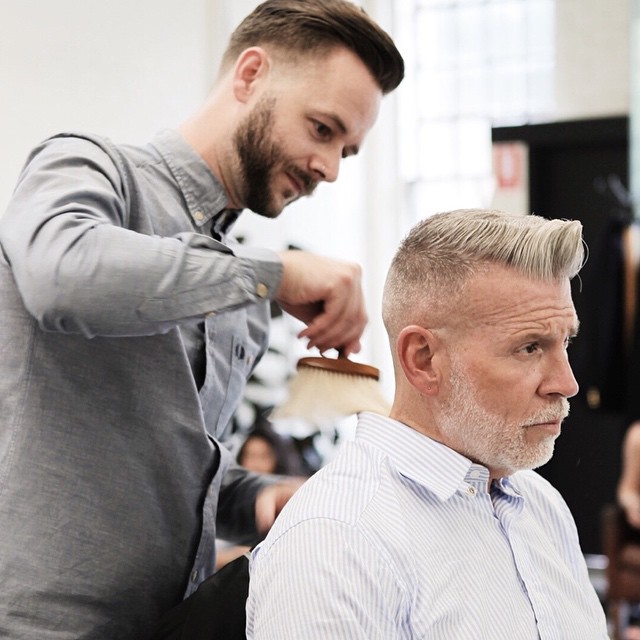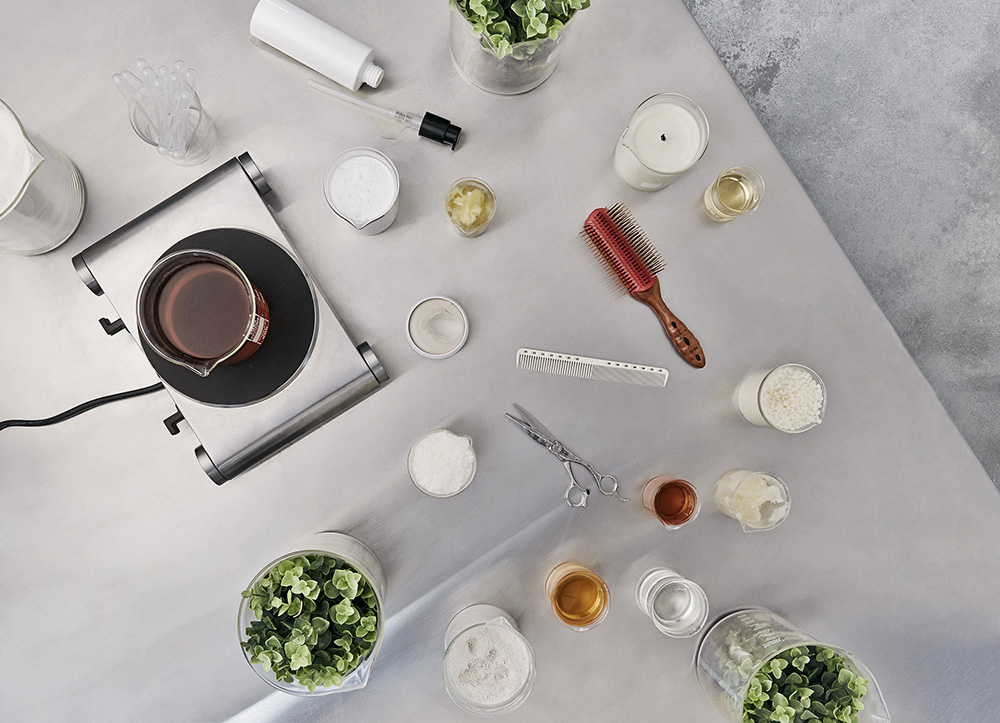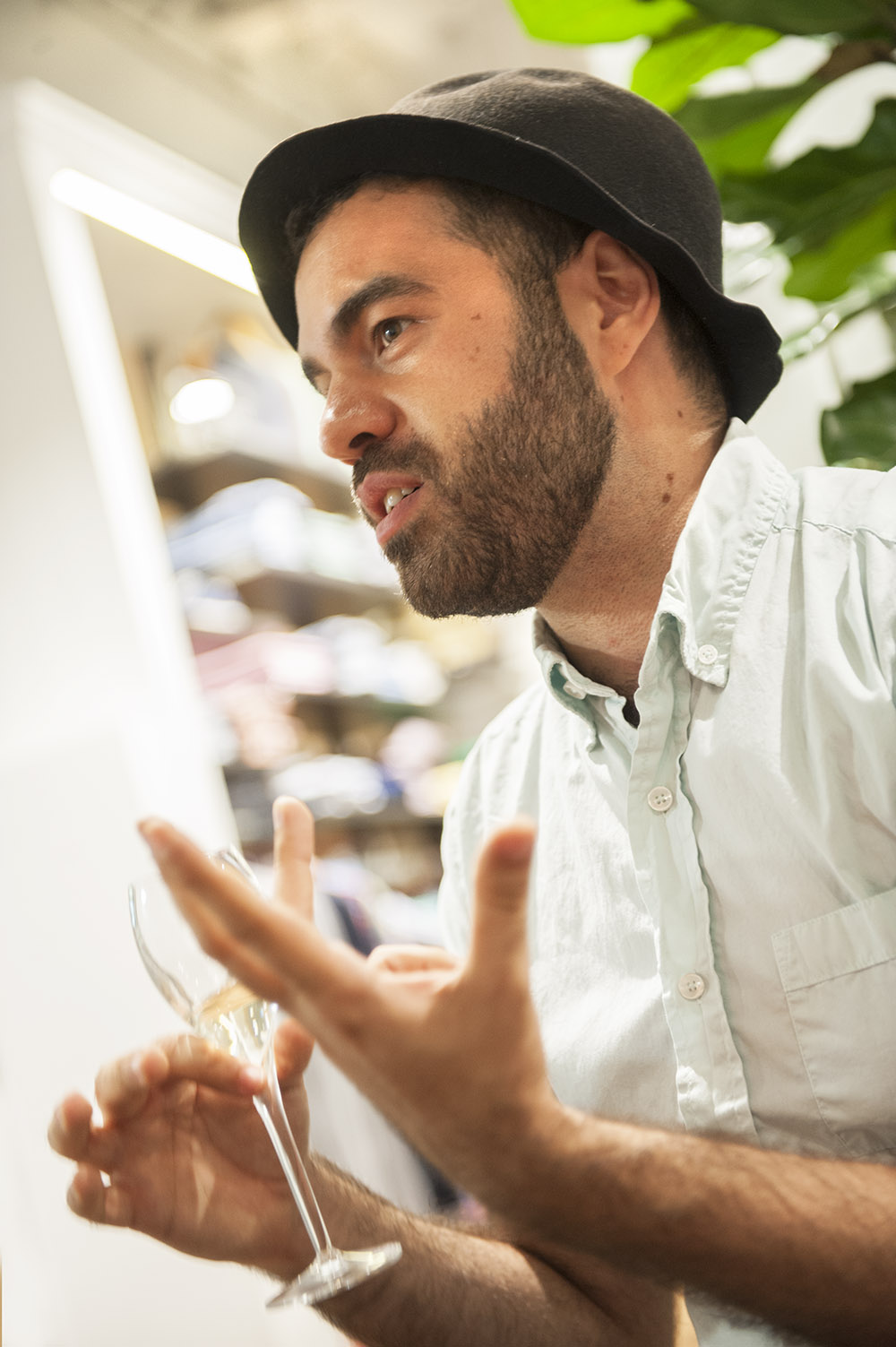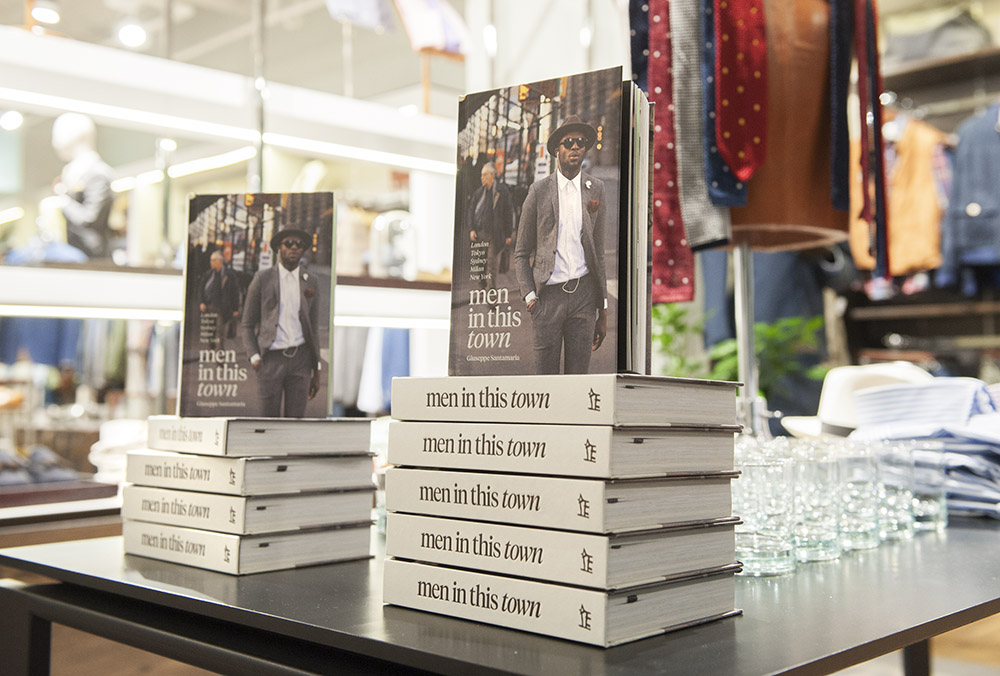Interview: Rob Mason
There was a time when barbershops were ubiquitous, functioning not only as a place for a man to get his haircut, but as a community touchstone for men to meet up, catch up on the news and possibly get a stiff drink. But then the good old barbershop ceded to the ‘Salon’ and the barber gave way to the stylist, with not a straight razor or bottle of whisky in sight.
Thankfully, the traditional barbershop has undergone a serious reimagining in recent years. There seems to be no stopping the resurgence in this good old fashioned service, and a new generation of Melbourne Barbershops has given local guys the opportunity to enjoy a similar experience to those of previous generations.
Even artists like Kanye West are now employing a full-time travelling barber and although he may not (yet) be employed by Yeezy, local barber Rob Mason recently trimmed the mane of international style icon Nick Wooster while he was in the country filming a Woolmark campaign.
Rob: “I used to do a lot of work with GQ and while he was in town Nick needed a haircut. Wayne Gross (from GQ) had seen the space and the haircuts and it was totally up Nick’s alley so he just brought him down. Nick Wooster seems to want to seek out a ‘hidden gem’ as opposed to a chain. There was a film crew here and probably about four photographers and a whole heap of people just following him around for the Woolmark documentary. We had music pumping so no-one could talk to him and he slept throughout the whole thing.”
The classically trained Mason opened his new barbershop Morris Motley, within a modern warehouse in Cremorne earlier this year. Having his own space has given Rob a newfound sense of freedom and the end result is a relaxed masculine environment.
Rob: “We’ve been open around two months, and it took about six months to put together. I used to manage a salon so I already had a clientele. It happened quite instantly when we did kick off. The business looks like a start-up but because I had that clientele and I’d been working with these products for so long it all came together really quickly.”
The Nik Bouras designed space is slick with a classic twist.
Rob: “I said, please make it look like New York.”
Clients can relax in deep leather armchairs whilst they wait for Rob to work his magic. There’s also an open lab space, where the enthusiastic hairdresser has been working on his own range of grooming products, which are due for release before the end of 2014. What originally started out as a hobby for Rob has turned into a full-blown obsession and the chance to create a legacy, doing something he loves and filling what he sees as a substantial gap in the men’s grooming market.
Rob: “I knew that I could make a difference. Guy’s products are so primitive compared to women’s. I started getting focused on the chemistry and dermatology around two and a half years ago. I started by taking a graph of all my clientele that seemed to have dermatitis or little red marks on the skin and it was around 70%. I started studying and I realised that the ingredients in men’s products that are so bad and so cheap that they just make it worse. It seemed like a problem that was so easily fixed. When I’m not cutting hair I’m in the lab tinkering about.”
The native Tasmanian, who has called Melbourne home for the past four years, credits the burgeoning success of Motley to his years of practical experience, not to mention the credit of a very strong team behind him.
Rob: “I went to Uni and didn’t really enjoy it and the only other thing that interested me was hairdressing. I liked the idea of working by myself or one on one with a client. My girlfriend at the time used to model for salons and I would go and pick her up and see the stylists working with hair and it looked like fun. It’s been a huge slog but worth it - Like anything, you become obsessed with what you do and try to become the best at it.”
As men pay an increasing amount of attention to their grooming routines, there’s no doubt that this men’s only hair salon will continue to evolve to serve the ever changing needs of the client.
Rob: “It [the return of the barbershop] has reintroduced guys to masculine haircuts and they need to be cut well and tailored to the head. A man is always going to feel good if he looks handsome, it’s a no-brainer.”

